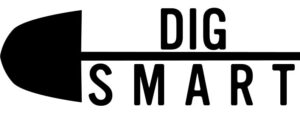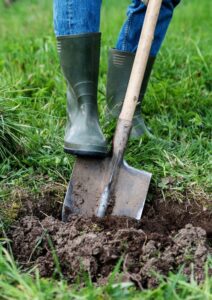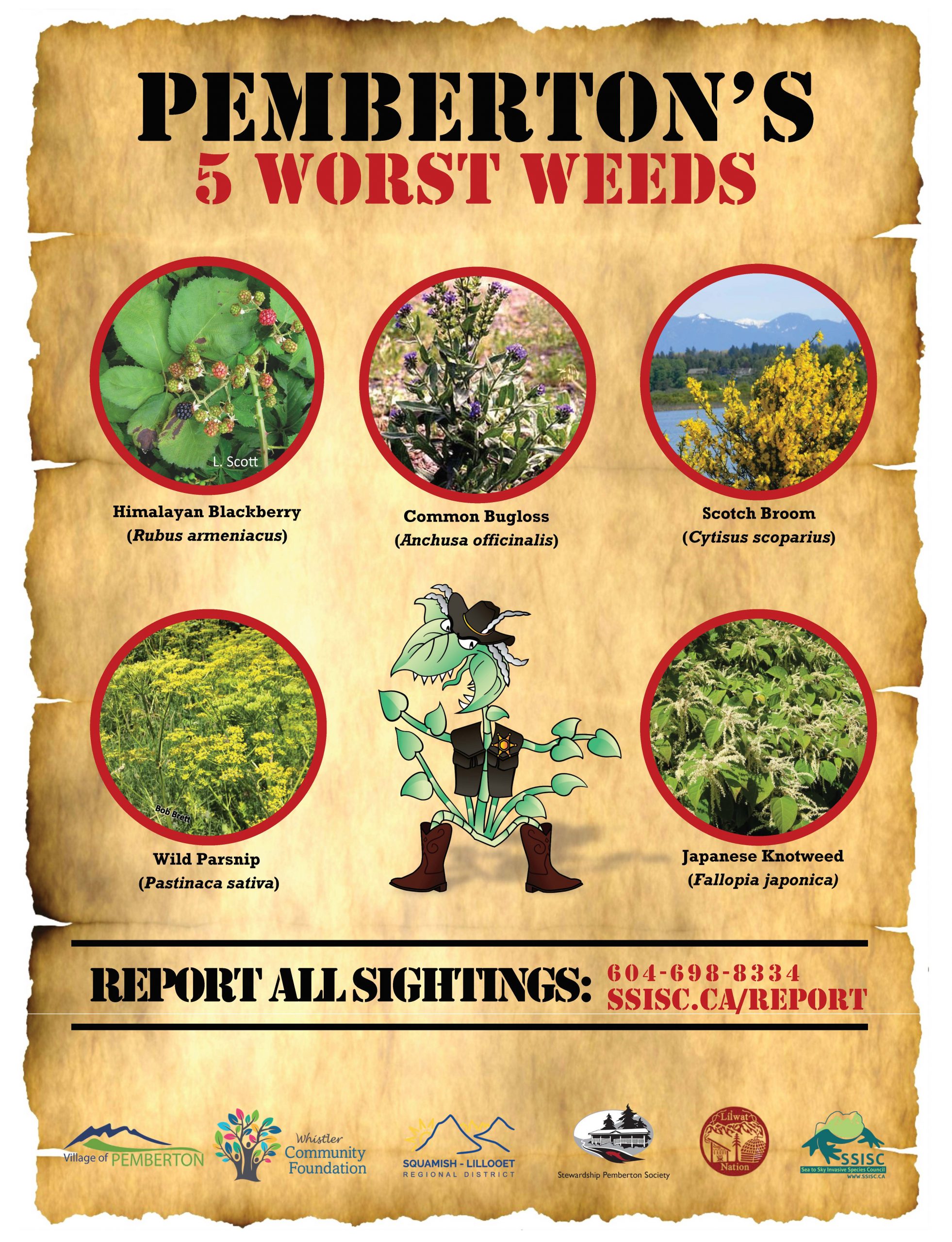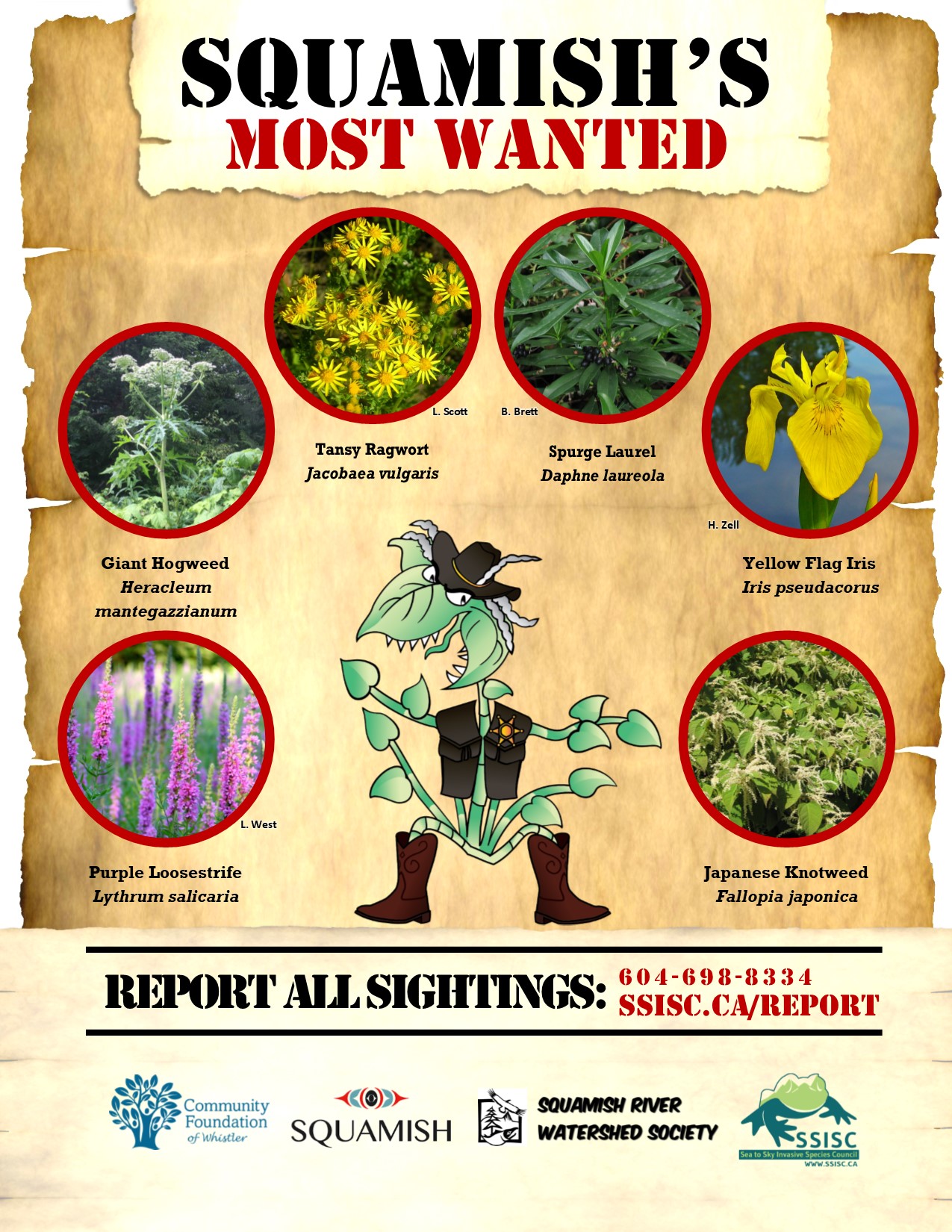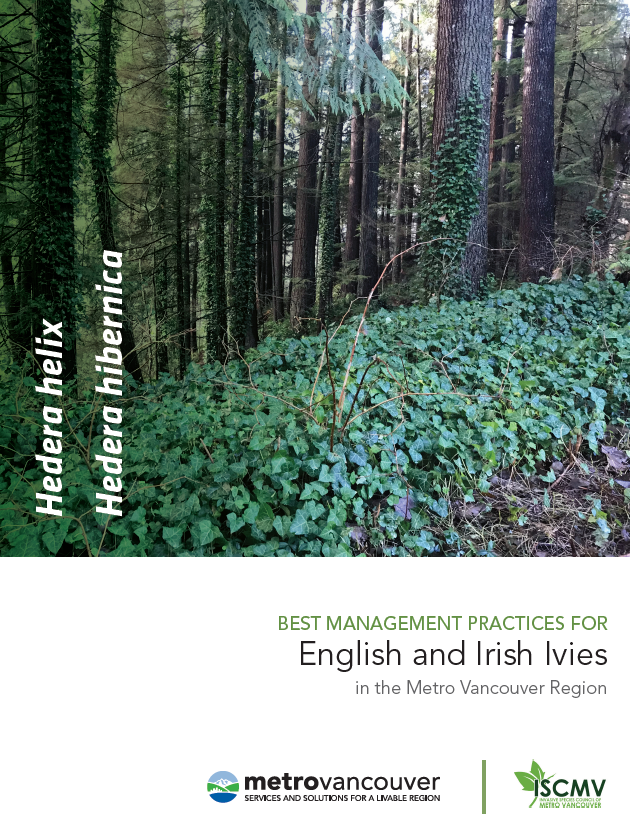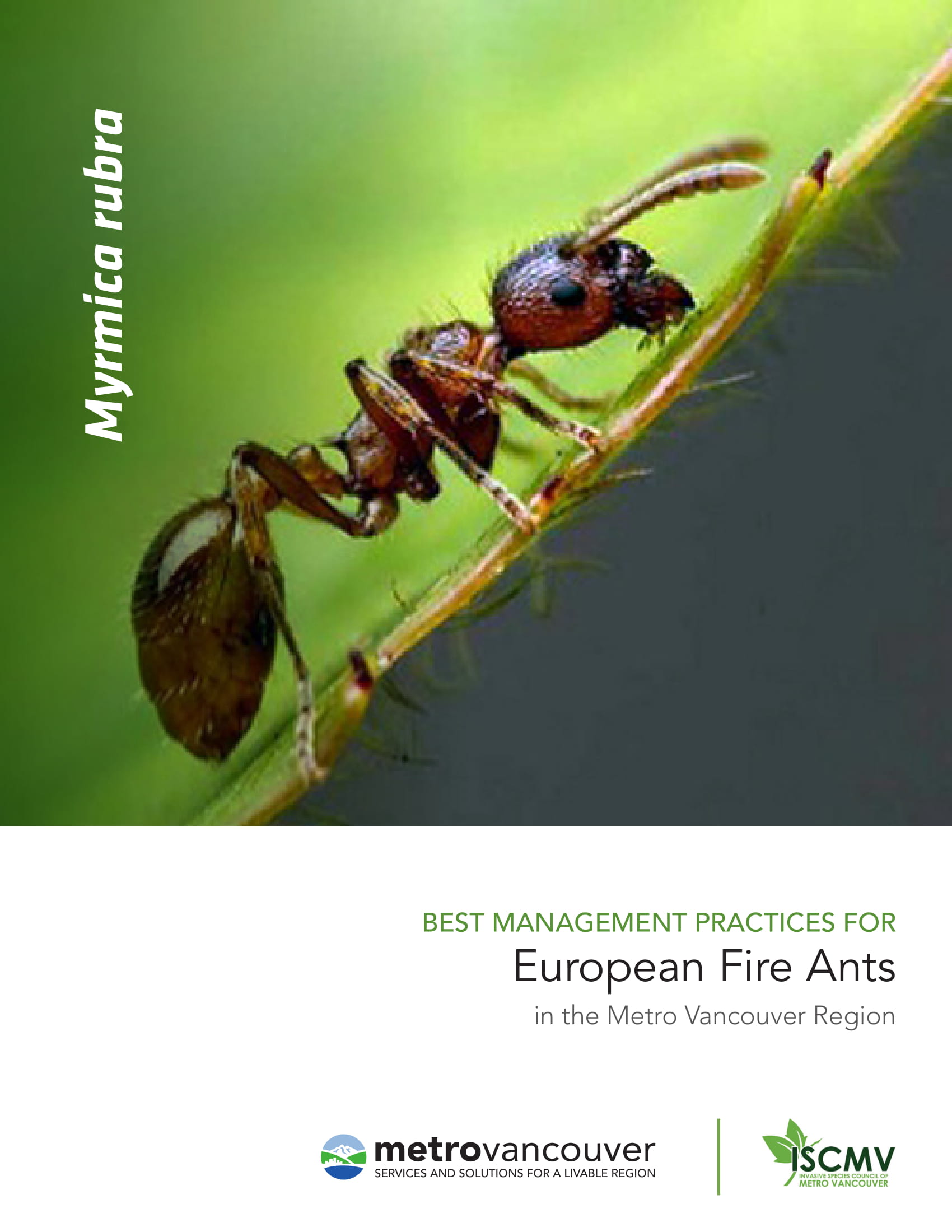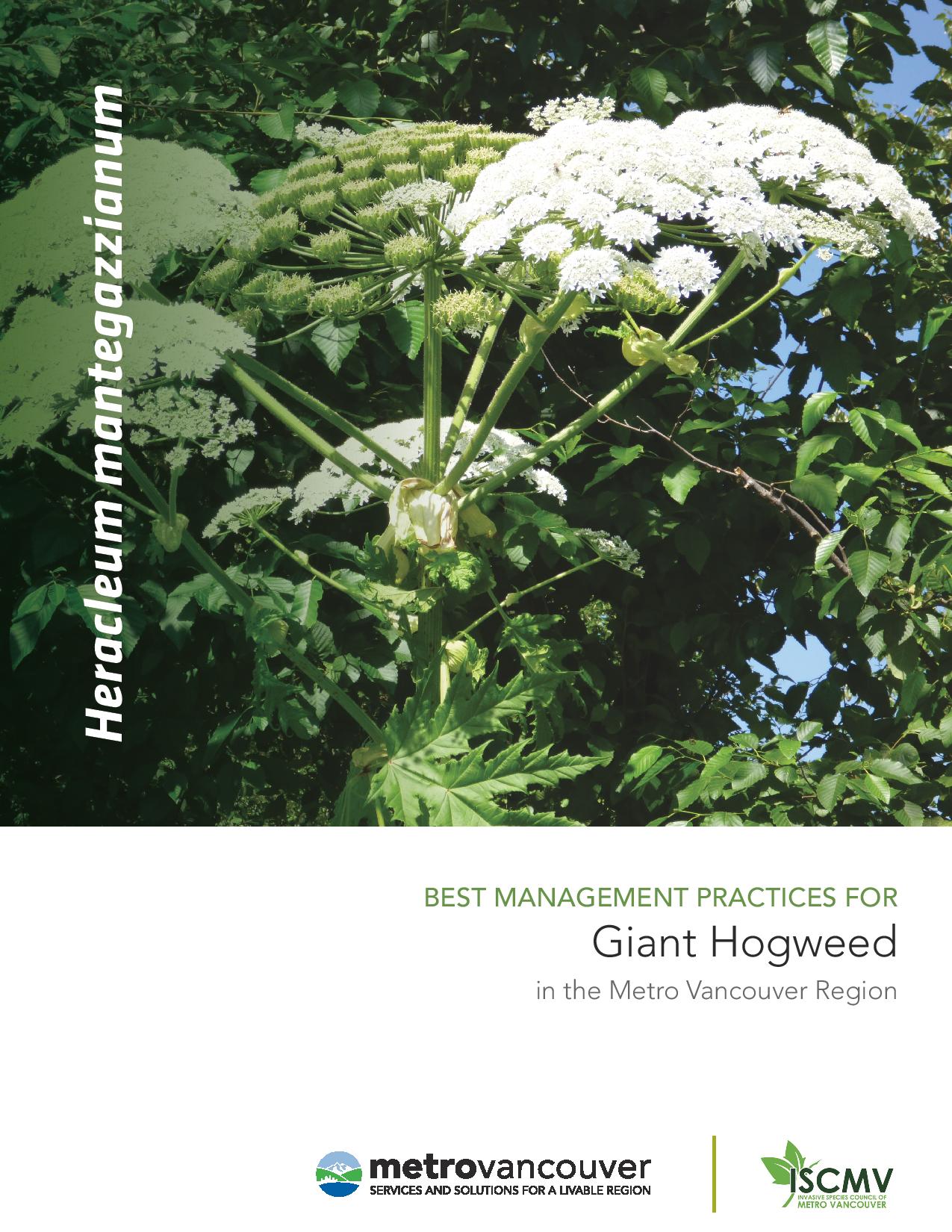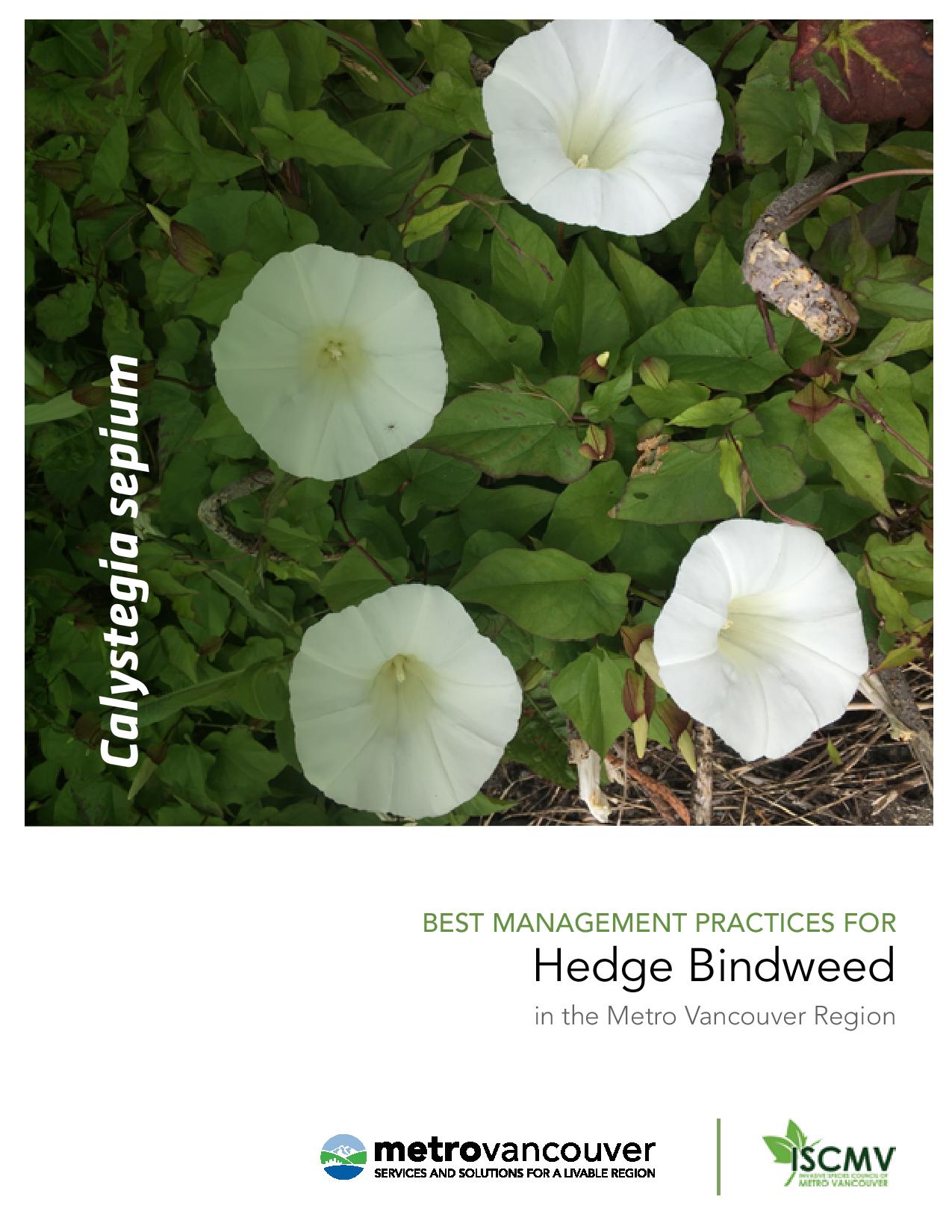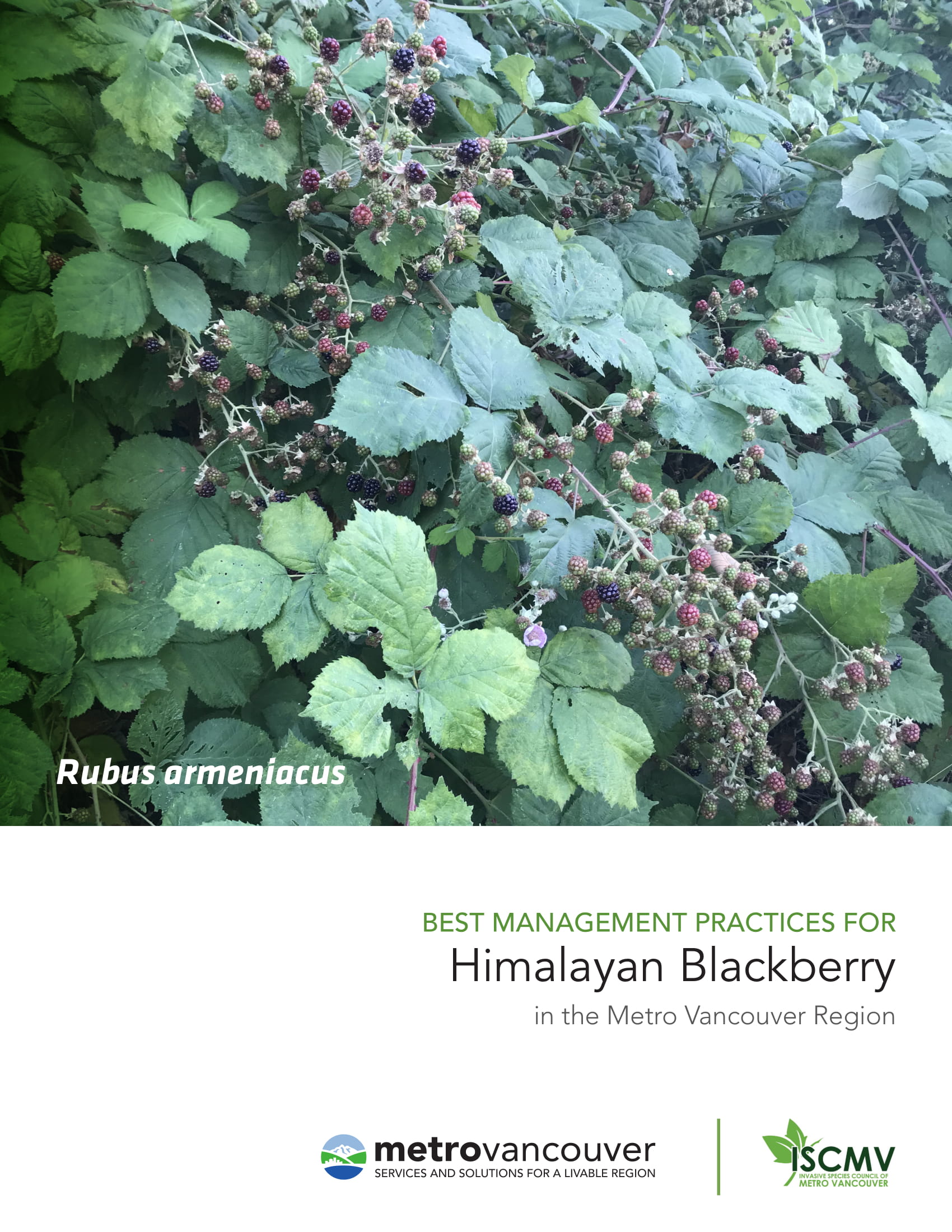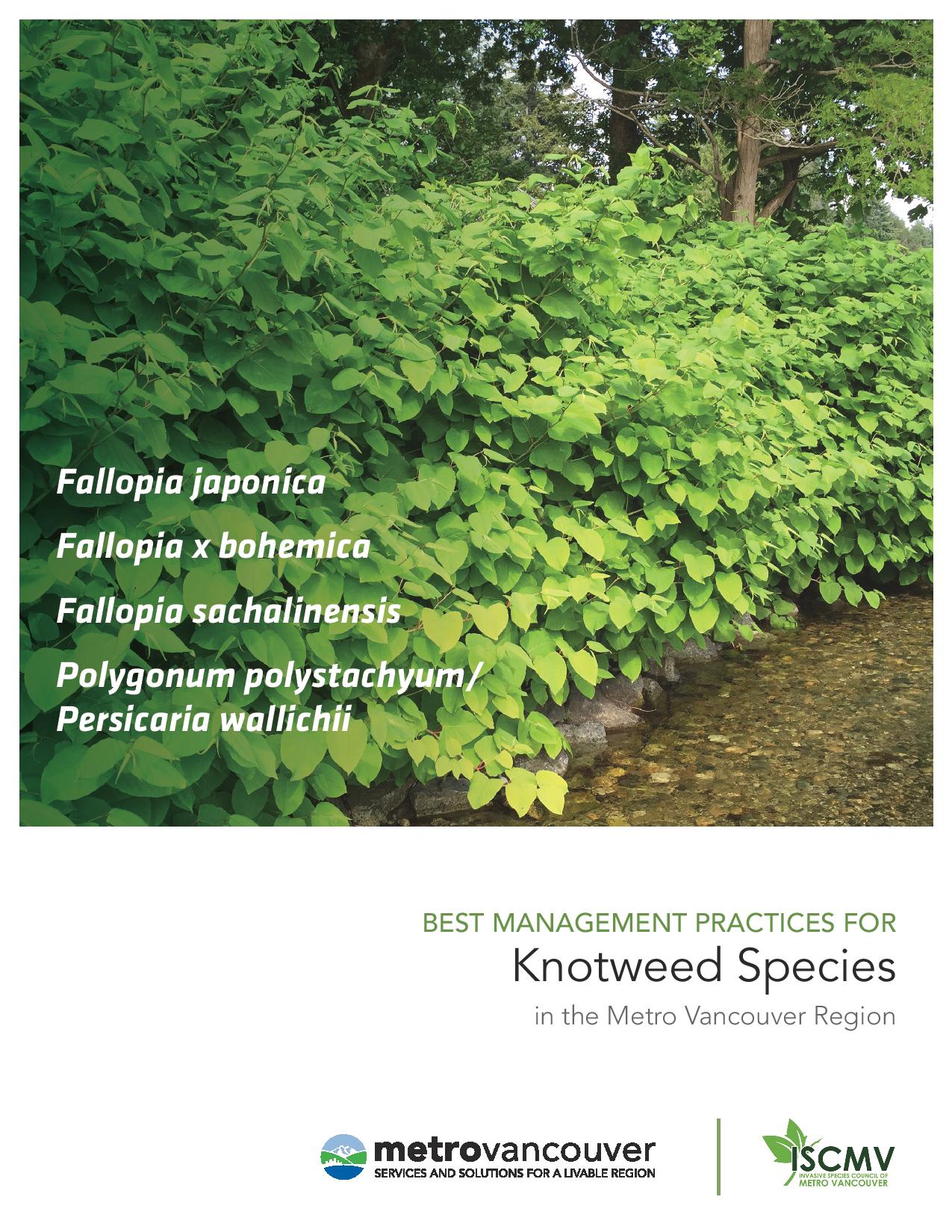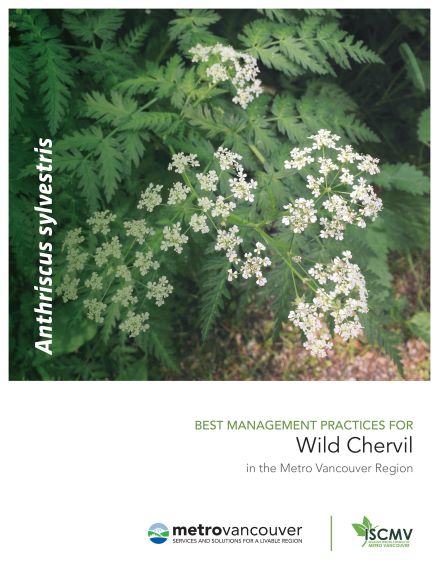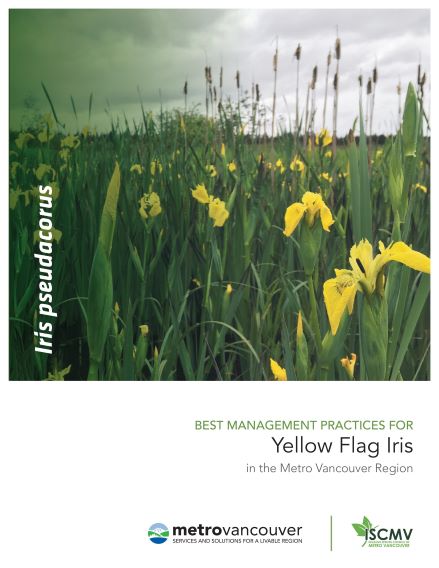Invasive species can have serious impacts on property and property values.
When selling land, you must provide a property disclosure statement, which should include information about invasive species located on the property. Plants like Japanese Knotweed can grow though cement, and have been cause for refusal of property insurance in the UK, leading to law suits between landowners.
In British Columbia, land occupiers are mandated by law to control noxious species that occur on their property.
Online Courses
We have designed a free 15-20 minute course specifically for realtors and land managers, to provide key information about invasive species that you need to know when selling, purchasing or maintaining a property in the Sea to Sky.
Working in partnership with the British Columbia Society of Landscape Architects (BCSLA) with financial support from the Real Estate Foundation of BC (REFBC), the Invasive Species Council of BC (ISCBC) has developed an in-person invasive species workshop and a free interactive invasive species e-learning resource for real estate professionals, professional landscape architects, land developers and other land use disciplines.
Bylaws
Within BC, there are multiple levels of authority with jurisdiction over the management of invasive species.
Learn more and find community-specific links on our Bylaws & Regulations page.
Soil Disposal
Invasive plants can spread when soil or fill (containing seeds, root or stem fragments) is moved from place to place.
Seeds and even some invasive plant fragments have the ability to generate new plants, so moving soil or fill can move invasive plants, which is an extremely risky behaviour.
For example, a single fragment of knotweed can produce a new plant in as little as 6 days. This nasty weed can grow through concrete and asphalt, severely damaging infrastructure and reducing property values. The best way to tackle knotweed infestations is on-site treatment using a specially-selected herbicide. We recommend hiring a certified applicator and having patience, as it can take a few years of treatments to achieve control.
Learn more about knotweed and treatment methods here, and visit the Digsmart page if you plan to move soil to or from your property.
Presentations
Want your team to learn more about invasive species in the Sea to Sky and how you can help control them?
The SSISC team can provide educational presentations to realtor groups upon request, tailored to your unique location. Please send us a message or email info@ssisc.ca to inquire about instructor availability.

More Resources
BC Real Estate Association
BCREA recognizes that invasive species pose a significant threat to properties in BC.
Read more in this article.
Invasive Species Property Assessment checklist
This checklist provides the steps to protect realtors and their clients on invasive-impacted properties.
Download it here.

Toxic Plants Brochure
Toxic weeds can affect cattle, goats, sheep, horses, pets, and even people! This resource helps determine which plants have the potential to cause serious harm to you and your animals, and which control methods to use.

Guide to Identification and Management
Overwhelmed by all the invasive plants to keep track of? No need to worry, this guide organizes weeds into visual groups, providing photos and detailed descriptions along the way.
Whistler’s 5 Worst Weeds
We’ve developed a top-5 list to help you identify, and recognize the impacts of, some local invasive species. Whistler’s 5 Worst Weeds have the potential of causing significant damage to infrastructure, waterways, animal and human health, and the landscape.
Pemberton’s 5 Worst Weeds
We’ve developed a top-5 list to help you identify, and recognize the impacts of, some local invasive species. Pemberton’s 5 Worst Weeds can cause crop losses, increased maintenance costs, reduced product quality & quantity, human and animal health concerns (from mild allergies to poisonings), and lowered land values.
Squamish’s Most Wanted
We’ve developed a top-5 list to help you identify, and recognize the impacts of, some local invasive species. Squamish’s Most Wanted have a significant impact on the local ecosystems and economy, or have the potential to cause a significant impact if they are not controlled.
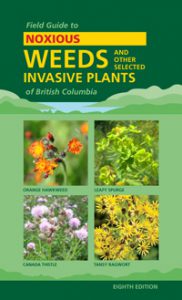
Field Guide to Noxious Weeds
This helpful guide provides identification tools for B.C.’s provincially noxious weeds, along with each weed’s region of concern, distinguishing factors, and growth patterns.
Metro Vancouver Best Management Plans
Metro-Vancouver provides a comprehensive list of BMPs, specific to each invasive species, and updates every 1 – 2 years. This helpful resource covers plants as well as pests, including the European Chafer Beetle, Wild Chervil, and Scotch Broom.
Useful Links
Please report all invasive species sightings!
We need your help to track invasive species in the Sea to Sky, particularly when it comes to private land.
If you think you’ve spotted an invasive plant or animal, please take a picture, note your location, and fill out a report at ssisc.ca/report
Learn more
As a realtor, land manager, or developer, you have a unique opportunity to help us prevent the further spread of invasive species in our community. Learn how to identify and deal with invasives on properties in the Sea to Sky by taking our online course. It’s absolutely free and will only take you about 20 minutes to complete!





